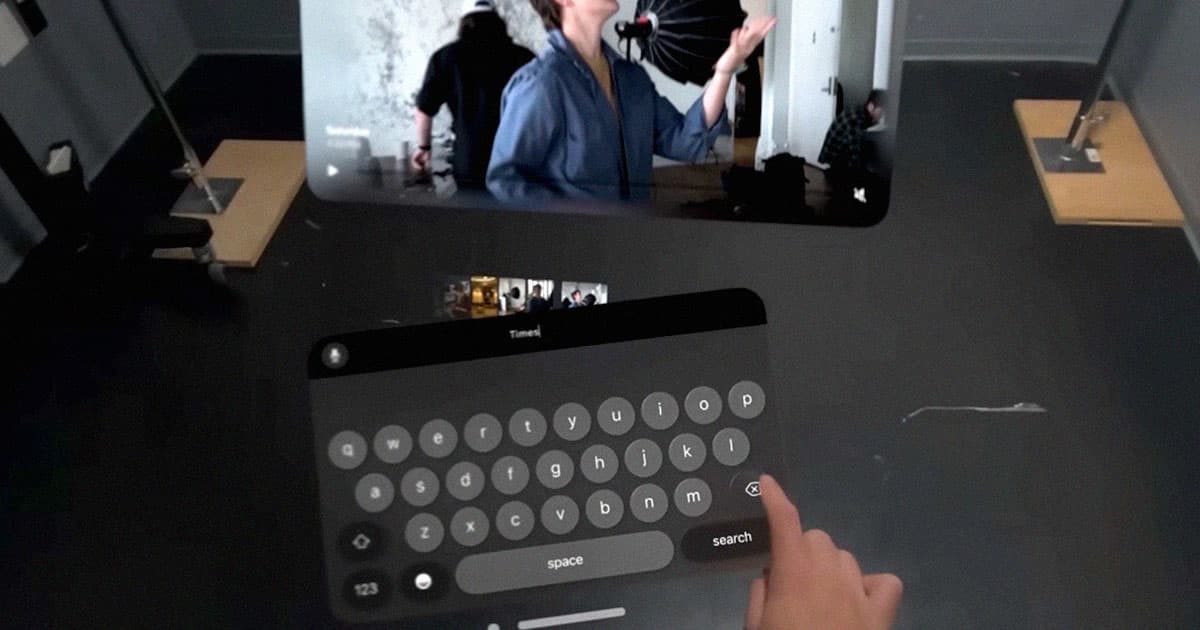It will "drive you mad."
Lost in Space
Now that reviewers have had a week to play around with their brand-new and incredibly expensive Apple Vision Pro virtual reality headsets, some glaring compromises are coming to light.
As several tech journalists have discovered, the ultra-expensive "face computing" device is, as marketed, an effective way to catch up on work, allowing the user to have as many virtual desktops hovering in front of them as they like.
But as far as input is concerned, they all agree on one thing: the baked-in virtual keyboard is so bad that it's downright unusable.
Apple designed it in such a way that the user has to either literally look at individual letters and confirm each press by pinching their index finger to their thumb on one hand or prod a translucent keyboard in mid-air with both of their index fingers.
In other words, not even Apple, the second-largest tech company in the world by market cap, can solve a glaring issue still plaguing VR headsets today, highlighting some fundamental limitations to the bulky-screen-strapped-to-your-face form factor.
That's especially true in the absence of physical controls. Apple's competitors in the space, like Meta with its far more affordable Quest headset lineup, have opted for two bulky controllers, one in each hand.
Henpecking
As far as reviewers' experiences are concerned, getting work done on your Apple Vision Pro basically requires you to have a Bluetooth keyboard ready in front of you.
The Verge's Nilay Patel called the on-screen keyboard "hilarious," forcing users to stare "at each letter" and pinch "your fingers to select it or henpecking with two fingers at the floating keys in front of you."
The Wall Street Journal's Joanna Stern said that the virtual keyboard will "drive you mad for anything longer than a short message."
Then there's Apple's "Personas" feature, which turns your normally-obscured face into a digital avatar that falls well within the Uncanny Valley, with "deeply weird" results.
On the upside, reviewers have noted the truly immersive experience of watching TV and movies using the headset.
But even once you've dished out for a $2,000 MacBook Pro, a $3,500 VR headset, and a $200 Apple keyboard, you'll still have to make sure your batteries won't run out despite the hefty external battery pack needed to power the headset.
Besides, there's a good chance you won't want to wear it for that long anyway. The device weighs upwards of a hefty 21 ounces, roughly the same as an 11-inch iPad Pro.
In short, the Apple Vision Pro is a truly niche product that excels at being a VR headset. But is that really the future we're looking for? Judging by the glaring list of limitations, we're not exactly sold on the company's vision.
More on Apple: Ridicule Erupts as Apple Reveals the Avatars in Its Super Expensive VR System
Share This Article
